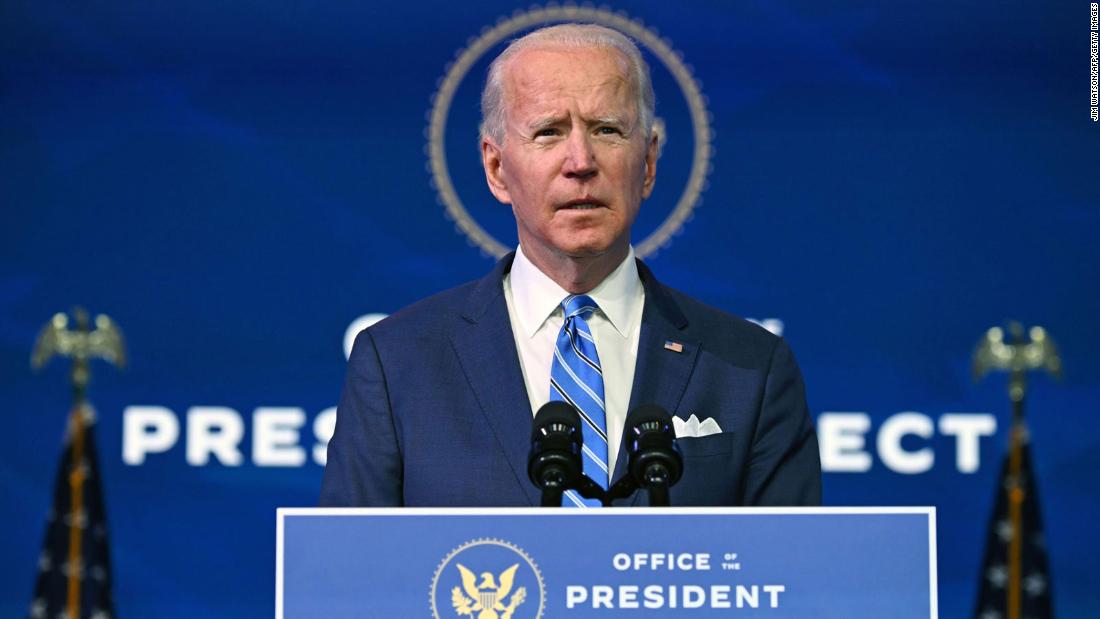Borrowers will not have to make payments until October 1, at the very least, extending the already unprecedented break in payments by eight months.
When the economy started to close in response to the pandemic in March, Congress passed a broad relief bill that automatically suspended student loan payments and waived interest. The benefit was originally set to expire in September, but was extended by the Trump administration until January 31.
Both the pause in payments and the exemption from interest are automatic, but they only apply to loans maintained by the federal government.
This covers about 85% of all federal student loans, including those known as direct federal loans and PLUS loans that parents borrow on behalf of their children. Excludes some federal loans guaranteed by the government, but not technically held by it. These were generally disbursed before 2010.
The balances were frozen in March 2020, although borrowers can continue to make payments. Those enrolled in the Public Service Loan Forgiveness payment plan will still receive credit as if they had continued to pay, as long as they work full time for qualified employers.
Pressure for greater movements
Progressive Democrats are already pressing Biden to go further and cancel billions of dollars in student loan debt. Democratic Senate leader Chuck Schumer and Massachusetts Democratic Senator Elizabeth Warren have asked for the forgiveness of $ 50,000 in student loans per borrower, arguing that this would provide relief to millions of people struggling with the pandemic, stimulate the economy and help to eliminate racial wealth Gap = Go.
Warren argued that the education secretary has the authority to cancel federal student loans, a claim supported by a memorandum of lawyers from the Harvard Legal Services Center and its Predatory Student Loan Project.
Former Education Secretary Betsy DeVos has vehemently opposed Democrats’ debt cancellation proposals, recently criticizing politicians for promoting “the truly insidious notion of giving government gifts” in comments at a federal student aid conference.
But Biden may be reluctant to eliminate the debt unilaterally and prefer that the measure be passed by Congress. It would be an unprecedented move and one that may not have the support of more moderate members of the Democratic Party. A study by the Federal Responsible Budget Committee found that canceling student debt would provide a relatively small boost to the economy and that most of the relief would go to those with higher incomes who tend to have more debt.
During his campaign, Biden asked for the cancellation of $ 10,000 per borrower. On Tuesday, Brian Deese, his choice to lead the National Economic Council, said he continues to support Congress that approves a bill that does.
Biden did not include any student debt cancellation in a $ 1.9 trillion relief plan he revealed last week. But he pushed for it in a second economic bill that he is due to present in February and that will focus on economic recovery.
The Biden government may be more likely to unilaterally expand more targeted loan forgiveness programs that already exist, such as offering relief to students who have been defrauded by for-profit colleges. There are thousands of borrowers who have applied for relief under this program, but have waited years to find out if they are eligible as DeVos has stopped processing the claims.
.Source
Related
